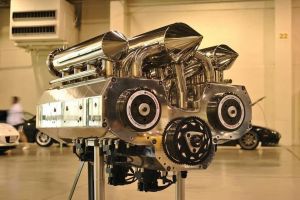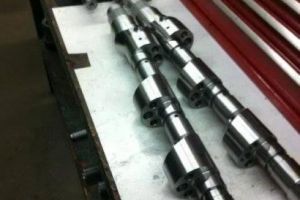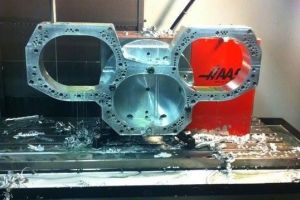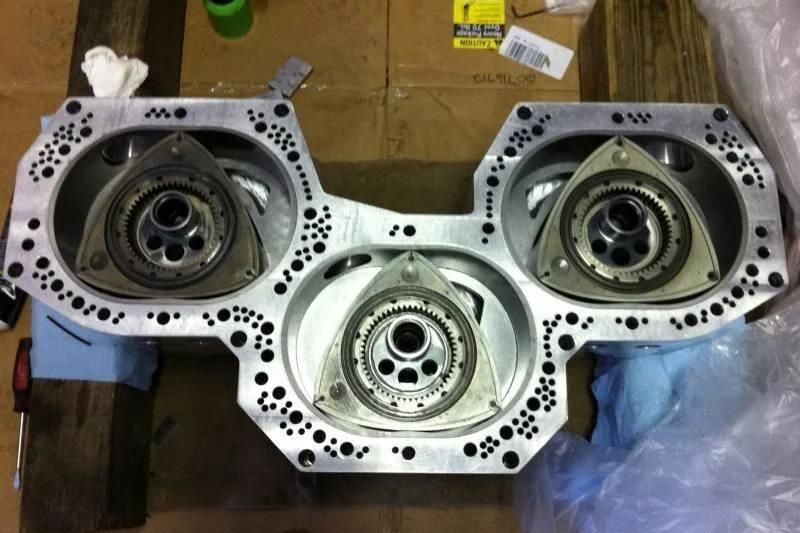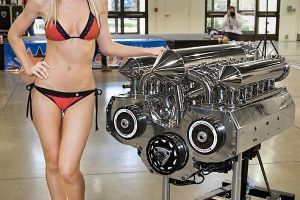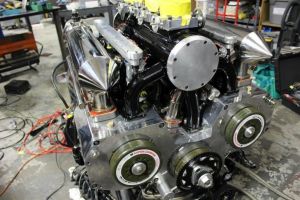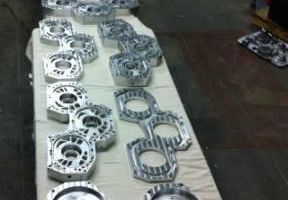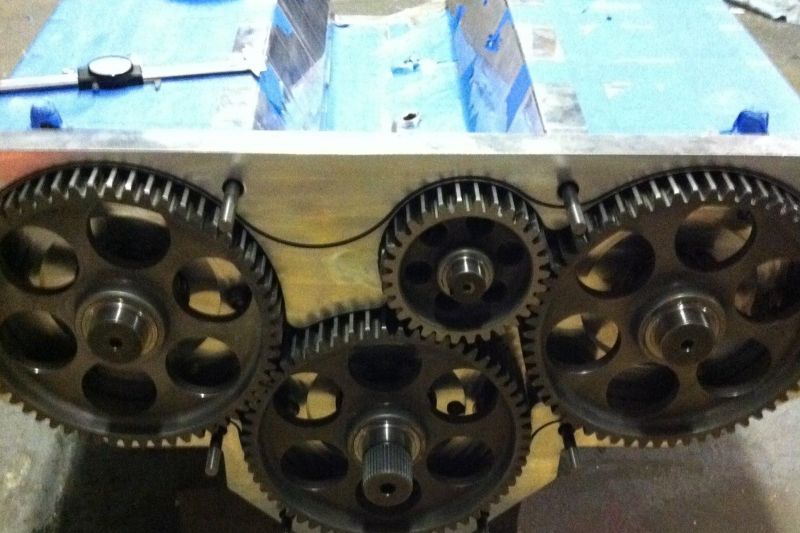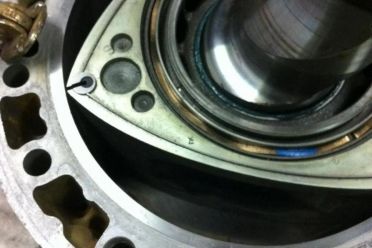Amid whispers of a possible revival for the iconic Wankel rotary engine, it’s worth noting that production Mazda vehicles have only featured up to three rotors. However, one intrepid backyard boat builder has far surpassed this, leaving us in awe of his astonishing creation.
Tyson Garvin, a record-holding boat racer, has crafted a mind-boggling engine with a displacement of 960 cubic inches, or just over 15.7 liters, and a hefty weight of 376kg (830lbs). Garvin shares that in its naturally aspirated form, the engine has generated a stunning 1400hp. When fed with race fuel and methanol, it is theoretically capable of achieving just over 5000hp, although this has yet to be proven.
Curious minds may wonder about the origins and purpose of such an extraordinary engine. Garvin began working on this innovative design in 2010, seeking an alternative to traditional marine performance engines.
The genesis of this creation stemmed from Garvin’s desire to maximize power output within the space normally occupied by a marine big block Chevrolet V8. After measuring the available area, he deduced that 12 rotors would fit snugly within that space. In total, the 12-rotor engine measures 76cm in length, 80cm in width, and 61cm in height.
“We reached the limit of what a big-block could do,” Garvin explains. “We aimed to generate more continuous power, not just power suited for drag racing. The rotary engine provides more power for its size.”
Garvin reminisces about the design process, saying, “We examined 100 different ways to arrange the rotors. The ‘Y’ design ultimately emerged as the only viable method to accommodate 12 rotors within the confines of a big-block space.”
At its core, the engine consists of three banks, each housing four rotors. The top two banks connect via gears at the rear of the engine block to the centralized lower bank, which is linked to the output shaft. One bank is configured to counter-rotate against the main bank, while the other gearset features an idler gear, ensuring it rotates in the same direction as the main shaft.
“We needed one bank to counter-rotate so that the exhaust side would align with the others,” Garvin explains.
Garvin designed the engine with versatility in mind, making it suitable for pleasure boating at around 1,400 horsepower with up to 400 hours between scheduled maintenance. Alternatively, with a pair of 122mm turbos (10 pounds of boost), the engine could generate 2,400 horsepower for roughly 200 hours—perfect for poker runs and other exhilarating exploits. These power figures are based on 87 octane fuel.
By increasing the boost to 25 pounds on race fuel, power levels could exceed 3,600 horsepower, and with 50 pounds of boost, the engine could potentially achieve over 5,000 horsepower. For steady-state operation, the recommended rpm lies between 8,500 and 9,000, while a full-throttle drag version could reach up to 14,000 rpm.
During testing, the 12-rotor engine produced an impressive 497hp at a mere 3,200rpm—less than a third of its proposed redline—where the Wankel truly shines.
Garvin and his team managed all the design work and machining in-house, with only the rotor being shared with the original Mazda 13B 2-rotor.
Astute readers might notice that 12 Mazda 13B rotors would “only” amount to around 7.8L, not 15.6L. However, rotaries have a unique advantage, firing more frequently than a conventional 4-stroke piston engine.
Tyler addresses this in one of his Facebook posts, stating, “The engine is 480 cuin when firing each rotor once, as calculated for a rotary. It is 960 cuin when calculated like a big block with two crank revolutions, and 1,440 cuin if you fire each face of the rotor.”
We first got wind of this ambitious project a few years ago, but sadly, there have been no updates for about three years. We eagerly await the day when Tyler installs this marvel in a boat, allowing us to witness its power in action!
You can follow the 12 Rotor development here.



